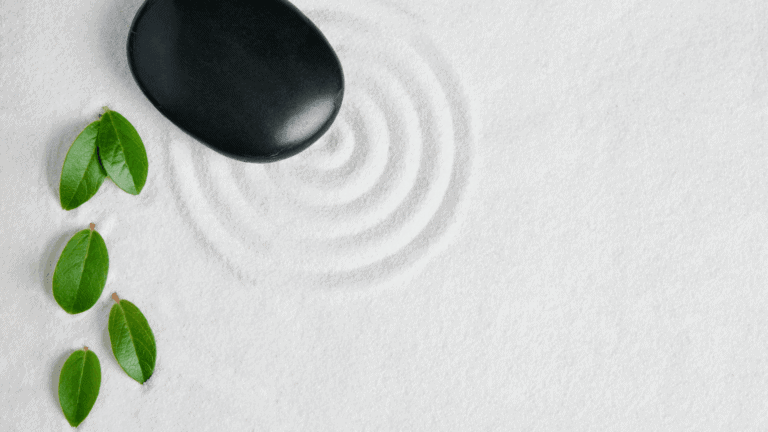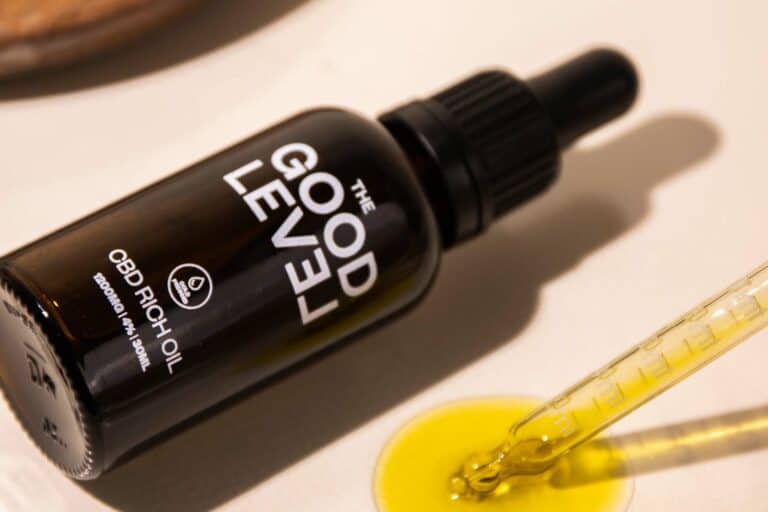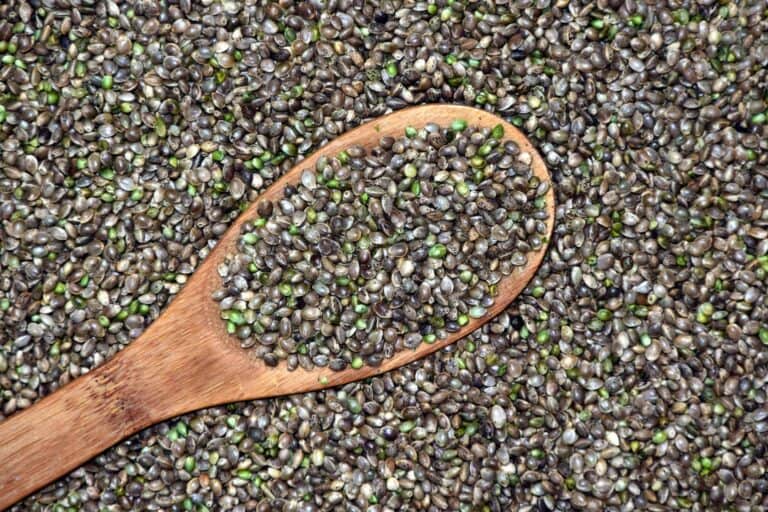The History of CBD

What is the history of CBD?
CBD continues to make waves today, and the industry forecast shows that there’s no sign of it slowing down anytime soon. There’s a predictive growth rate of 31.90% between now and 2027, proving that cannabidiol CBD is here to stay.
The question is, where did it all come from? As a CBD user or someone considering these products, you’re likely wondering who first discovered the magic of CBD and how far back it goes back.
While CBD is now widely accepted and continues to become more mainstream, things weren’t always as sunny.
From humble beginnings to a now flourishing industry, let’s unpack the history of CBD and how long has CBD been around.
Going Back to Ancient History
The history of these versatile products spans more than 6000 years. Recorded history and archaeological findings indicate that hemp fibres from the cannabis plant were used in Mesopotamia as early as 8000 BCE. But, that’s not the only place where cannabis was historically celebrated.
It’s linked to ancient Chinese medicine and was revered for healing, relaxation, and pain management properties. It’s interesting to note how preliminary scientific studies find similar effects of CBD, indicating that there’s likely true in some historical alternative medical practices.
Chinese legend states that the emperor Shen Nung discovered the healing properties of CBD and used it to cure or manage over 100 illnesses. Astonishingly, recipes from 1A.D have images of marijuana leaves drying in a shed.
The ancient Chinese and folks from Mesopotamia were not the only historical CBD users. There’s evidence of the Greek and Roman empires using cannabis to dress human and livestock wounds. In Greek literature, the first mention of CBD was in the fifth century BCE, when Herodotus wrote about hemp vapour baths that the ancient Scythians used. From there, the Greeks used dried leaves from the plant to stop nose bleeds, and hemp seeds were a popular treatment for tapeworm infections.
In the 1500s, King Philip of Spain arranged hemp cultivation throughout the empire, introducing the products to modern society. This spread to North America, where George Washington and Thomas Jefferson grew hemp for industrial and food purposes.
Hemp was also a common crop grown in the UK around the same time. In 1535 Henry VIII owned 60 acres of land where he purely cultivated hemp products.
The question is, when did CBD become so taboo in the UK, and at what stage did society realise that the plants have multiple health-supporting properties?
The Historical Controversy of CBD
In the 19th and 20th Centuries, a global ban on all cannabis products (including CBD) began to spread. It became a prohibited substance in the UK in 1928 due to fear-mongering and racist societal undertones. Following the ban, the medical community turned a blind eye to the healing properties of CBD, rejecting it as a deviant drug used by people of colour.
Things went downhill from there. In 1971, the British government further prohibited all forms of cannabis use, making it a Class B drug. It stayed that way until 2004 when it strangely became Class C and then reverted to Class B in 2009.
The Modern History of CBD Research
It could take some time before the British medical community becomes totally CBD-friendly, but things are changing and there have been some drastic shifts. While CBD is legal in the UK today, as of 2016, there are some restrictions. CBD is only permitted if it comes from the hemp plant and contains a THC level below 0.02%.
In the early days, there was no known distinction between CBD and THC, seeing the hemp and cannabis plants and their properties as one of the same.
This shifted in 1942 when CBD itself was discovered by an American chemist named Roger Adams. His discovery revealed the distinction between THC and CBD and a potential understanding of how they impact the human body differently. THC was established as the psychoactive cannabinoid at this stage, and they realised that CBD was the non-psychoactive counterpart.
Professor Raphael Mechoulam, also known as the “father of cannabis research” has continued to contribute to the research and relationship between CBD, cannabis and our bodies. His contribution has stirred up a wave of excitement around the future of medical cannabis.
Still, there was much research to be done. Until the discovery and understanding of the endocannabinoid system, it was unclear which phytocannabinoids interacted with the human body. CB1 receptors were found in 1990, and CB2 receptors in 1993. This opened up a whole new world of CBD research.
In Conclusion
The colourful history of CBD goes back as far as biblical days when the book of Exodus mentions oils made from cannabis. From biblical times, ancient Romans and today, in modern society, everyone’s talking about CBD.
Now that history has done a 360, and the medical community is beginning to, once again, appreciate the potential uses for CBD, the industry will likely continue to see a massive expansion.
While ancient civilisations celebrated cannabis and hemp, the 21st century brought about a contrasting perception. Luckily, with the distinction between THC and CBD established, research is now conducted on the non-psychoactive component of the plant and we can’t wait to see what the future holds.
Other Articles & News

Balancing Your Endocannabinoid System
What is the Endocannabinoid System? How Can CBD Help With Balancing Your Endocannabinoid System? If…

CBD oil vs Hemp seed oil – What’s the difference?
CBD oil VS Hemp seed oil – These are the two of the most popular…

Do Hemp Seeds Contain CBD?
For thousands of years, hemp has been utilised for a wide range of products, including…